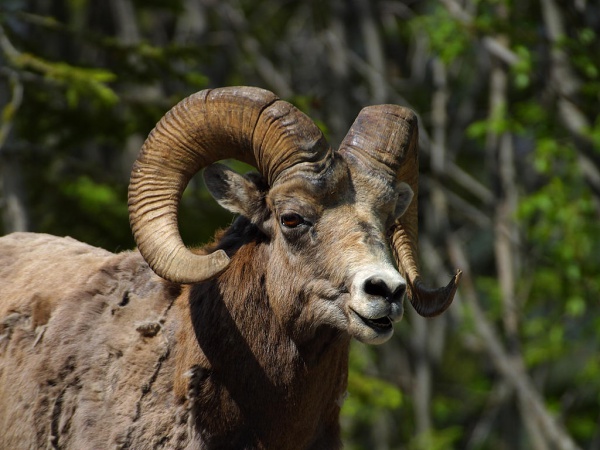Facts About Ovis
Sheep: A Closer Look at These Fascinating Animals
Sheep are members of the genus *Ovis*, which falls under the Caprinae subfamily within the ruminant family Bovidae. This genus encompasses various species commonly known as sheep. Among them, domestic sheep are thought to have descended from wild mouflon, native to central and southwest Asia.
Names and Characteristics:
- Females: Ewes
- Males: Rams or Bucks
- Young Sheep: Lambs
Sheep are relatively small ungulates, with males generally being heavier than females. They typically inhabit hilly or mountainous regions and primarily feed on grasses, plants, and lichens.
Unique Digestive Systems:
Sheep possess a four-chambered stomach, allowing them to efficiently digest low-quality, rough plant materials. This adaptation aids them in thriving in arid environments by conserving water.
Wool and Adaptations:
Wild sheep and some domestic breeds sport thick, woolly coats that shield them from the cold. Domestic sheep are cultivated for their wool, milk, and meat.
Horns and Senses:
Both wild rams and ewes bear horns, which they use for dominance displays and mating rituals. Wild sheep have acute senses of sight and hearing, enabling them to detect predators efficiently. They also communicate via scent glands on their faces and feet, which play a role in sexual signaling and territorial marking.
Social Behavior:
Sheep are social animals that live in flocks, providing protection from predators and helping to maintain warmth. During mating seasons, males vie for females in estrus. This period, known as the rut, establishes the social hierarchy among rams. Females select dominant males based on desirable traits for their offspring. During the rut, ewes exhibit various behaviors to show receptiveness to the rams' displays.
Conclusion:
Sheep are intriguing creatures with unique adaptations and social behaviors that enhance their survival across diverse habitats. Their sophisticated digestive systems, social structures, and survival strategies make them a remarkable species worth understanding.

 Turkey
Turkey